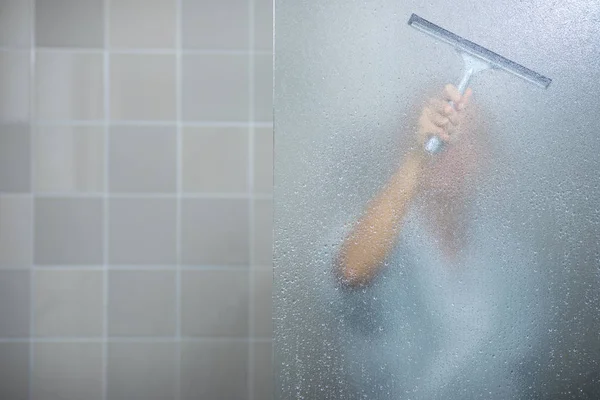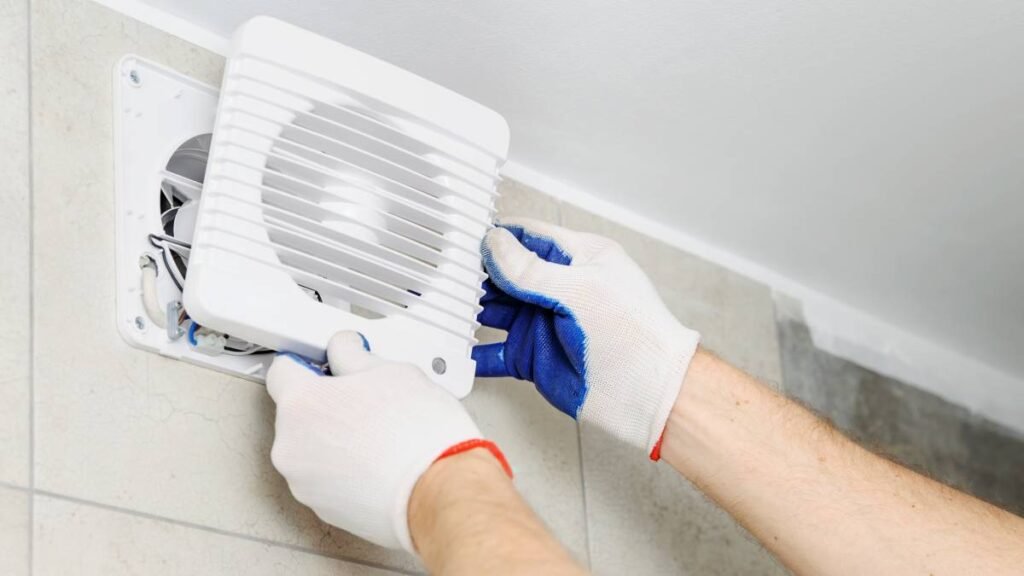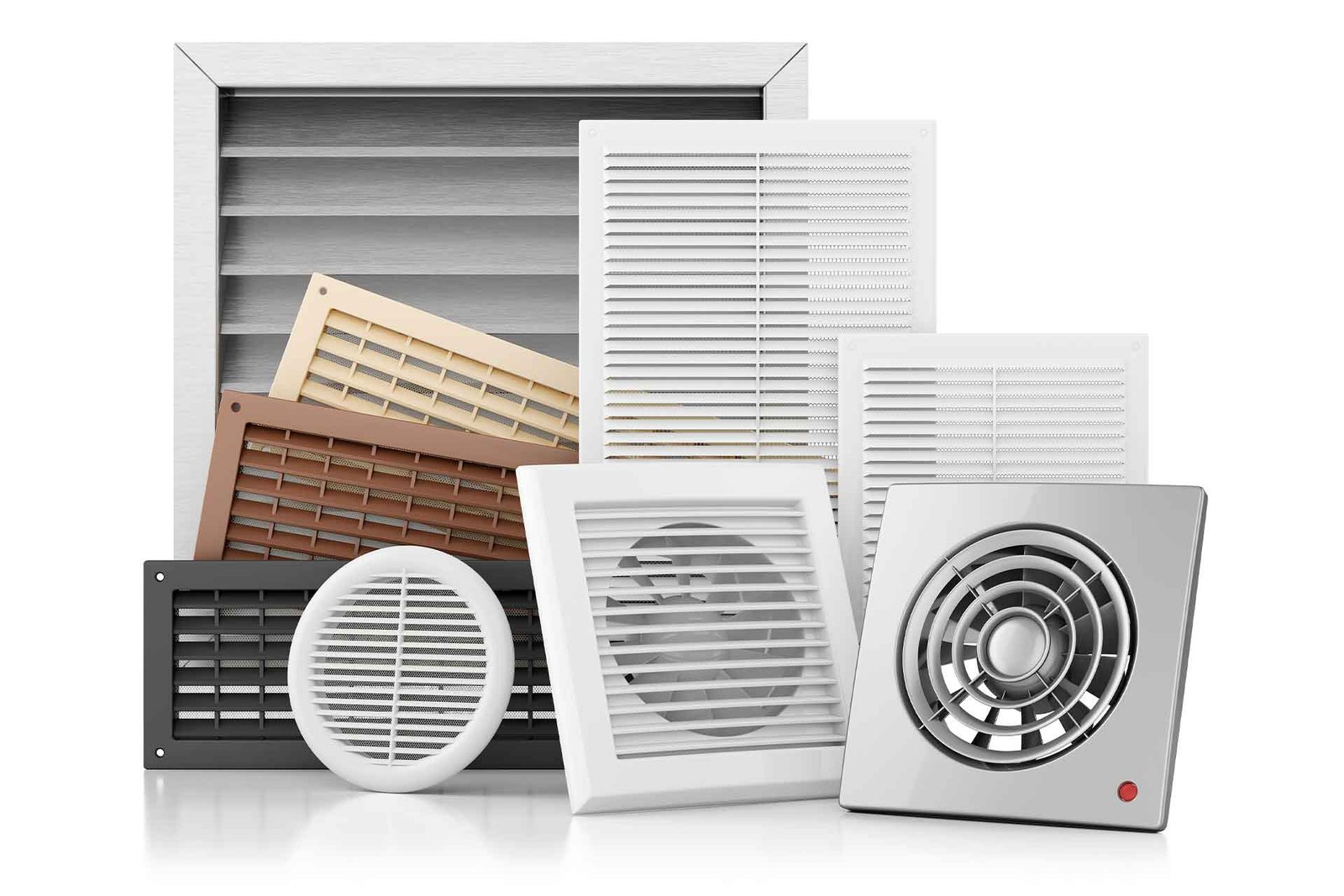Imagine stepping into your bathroom and being greeted by a foggy mirror. The moisture from your shower lingers long after you’re done, making the bathroom damp and uncomfortable. This scenario is all too common when bathroom exhaust fans are placed incorrectly. You might notice peeling paint, musty odors, or even mold creeping into corners. These are clear signs that something is wrong with the ventilation.
An incorrectly placed bathroom exhaust fan fails to remove moisture effectively. This leads to a range of problems, from cosmetic damage to serious health risks. The discomfort of a persistently damp bathroom is just the beginning. Poor ventilation can escalate into costly repairs and health concerns. It’s a homeowner’s nightmare that demands immediate attention.
Common Mistakes in Bathroom Exhaust Fan Placement
Mistakes in placing a bathroom exhaust fan can undermine its efficiency, leaving your bathroom damp and uncomfortable. Understanding these common errors will help you avoid them and ensure optimal ventilation.
Placing the Fan Too Far from Moisture Sources
One of the most common mistakes is installing the exhaust fan too far from moisture sources like the shower or bathtub. When the fan is too far, it struggles to capture and remove steam. This allows humidity to linger, leading to mildew on the ceiling and walls. This can damage the insulation and compromise indoor air quality.
Incorrect Height Placement
The height of the fan is crucial for its performance. If the fan is placed too low, it may not capture rising steam. If it’s too high, it might miss the moisture near the bathtub or shower. This leads to inconsistent airflow and poor ventilation, causing persistent odors and heat buildup.
Obstructed Airflow Due to Poor Location
Another mistake is placing the fan where airflow is blocked by structural elements like a door, roof, or ductwork. Such obstructions prevent proper ventilation, leading to trapped moisture and potential mold growth. This compromises air quality and damages your home over time.
Consequences of Incorrect Fan Placement
Incorrect placement of your bathroom exhaust fan doesn’t just affect comfort; it can lead to significant damage to your home and health. Let’s explore the serious consequences of improper fan installation.
Ineffective Moisture Removal

When the exhaust fan is not properly positioned, it fails to remove moisture effectively. This leads to the buildup of mold and mildew, especially near the ceiling and ductwork. Over time, moisture can degrade insulation, damage wiring, and weaken the walls and roof.
Poor Indoor Air Quality
A poorly placed fan can leave odors lingering and fail to reduce steam effectively. This creates an uncomfortable environment and impacts overall indoor air quality. In severe cases, poor ventilation leads to mold growth and increased humidity, which can spread throughout the house. This affects the heating and air conditioning systems, leading to further complications.
Increased Energy Consumption

Incorrectly placed fans may need to run longer to achieve the desired airflow. This leads to higher energy consumption and increased utility bills. The extra workload can strain the HVAC system, particularly the furnace and air conditioning units. Additionally, this inefficiency can shorten the lifespan of the exhaust fan and connected components.
Noise and Aesthetic Issues
Improper placement of a bathroom exhaust fan can also lead to noise issues. If the fan is near solid surfaces like a wall or ducting, the noise may be amplified. This can be particularly disruptive if the bathroom is near a bedroom or living space. Additionally, a poorly positioned fan might clash with the bathroom’s aesthetic, becoming an eyesore rather than a functional necessity.
Ideal Locations for Bathroom Exhaust Fan Placement
Choosing the right location for your bathroom exhaust fan is essential for efficient moisture removal. Here, we’ll discuss the best spots for ceiling and wall installations to keep your bathroom dry and fresh.
Ceiling Installation
Above the Shower or Tub

Ceiling-mounted fans are most effective when installed directly above or near the shower or tub. This placement allows the fan to capture steam and moisture right where it’s generated, ensuring efficient removal.
Wall Installation

While ceiling installations are preferred, wall-mounted fans can be an alternative in bathrooms with limited ceiling access. However, they may not be as effective in larger bathrooms or those with high ceilings. Wall installations should be carefully planned to ensure they can still effectively remove moisture.
Common Mistakes in Fan Placement
Even with the correct fan placement, improper installation can lead to moisture buildup and structural damage. We’ll cover the most frequent installation mistakes and how to avoid them.
Venting into the Attic
One critical error is venting the bathroom exhaust fan directly into the attic. This mistake causes moisture to accumulate in the attic, leading to mold growth and structural damage. Always ensure the fan vents outside the home, either through the roof or a side wall.
Venting to the Soffit
Venting to the soffit might seem convenient, but it can cause moisture to be drawn back into the attic. This setup defeats the purpose of ventilation and can lead to ice dams in colder climates. Such issues cause further damage and complicate ventilation.
Best Practices for Proper Fan Placement
To ensure your bathroom exhaust fan performs optimally, follow these best practices for placement and air flow. These guidelines will help you maintain a dry, healthy bathroom environment.
Positioning Relative to Moisture Sources
For optimal performance, the exhaust fan should be placed close to the shower, bathtub, or other moisture-prone areas. This ensures steam and humidity are removed quickly and efficiently, preventing mold and mildew buildup on the ceiling and walls.
Ensuring Unobstructed Airflow
The ventilation system should be designed to allow for clear, unobstructed airflow. Avoid placing the fan near corners, behind doors, or in areas where ductwork might block its operation. This ensures the fan pulls air from the entire bathroom, improving air quality and reducing moisture.
Optimal Venting Pathways
It’s crucial to vent the exhaust fan directly to the outside, not into an attic or crawlspace. This prevents backdrafts and ensures moisture is expelled entirely from the home. Proper venting maintains the efficiency of heating and air conditioning systems by preventing moisture from affecting insulation and other components.
Professional Installation vs. DIY
Deciding between professional installation and a DIY approach is key when installing a bathroom exhaust fan. Here’s what you need to know to make the best choice for your home and project.
Choosing the Right Fan
Size and Power Considerations: When selecting a bathroom exhaust fan, it’s crucial to choose one with an appropriate CFM (cubic feet per minute) rating based on your bathroom’s size. A fan with a higher CFM rating ensures effective air movement and moisture removal, tailored to the specific needs of your space. Ensuring the right balance between fan power and bathroom size is key to achieving optimal ventilation and preventing humidity-related issues.
When to Hire a Professional
Installing a bathroom exhaust fan might seem like a simple DIY project, but certain situations require professional expertise. If your bathroom requires complex ductwork or if the installation involves modifications to wiring, insulation, or the roof, it’s best to hire a licensed electrician or contractor. This ensures the job is done according to building codes and safety standards, reducing the risk of future problems.
DIY Tips for Proper Fan Placement
For those confident in their DIY skills, start by choosing the right location for the fan—ideally near the shower or bathtub where moisture is most prevalent. Make sure the fan is vented directly outside and that the ductwork is properly sealed to prevent leaks. Use a dehumidifier to test the airflow and ensure the fan is effectively removing moisture from the bathroom.
Conclusion
Proper placement of a bathroom exhaust fan is essential for maintaining a comfortable, healthy, and efficient home. Incorrect fan placement can lead to a cascade of issues—from persistent moisture and mold growth to increased energy consumption and even potential structural damage. By understanding the common mistakes in fan installation, such as placing the fan too far from moisture sources or venting into the attic, homeowners can take the necessary steps to ensure their bathroom is well-ventilated and safe.
Selecting the right fan, ensuring unobstructed airflow, and venting directly outside are critical factors in achieving effective ventilation. While some homeowners may feel confident in tackling fan installation as a DIY project, there are situations where professional expertise is necessary to avoid future problems and comply with building codes.
In the end, proper fan placement is not just about comfort—it’s about protecting your home and health. Whether you’re planning a new installation or correcting an existing issue, making informed decisions will pay off in the long run, ensuring your bathroom remains dry, safe, and efficient for years to come.
Frequently Asked Questions (FAQs)
What is the ideal location for a bathroom exhaust fan?
The ideal location is close to the shower or bathtub, where moisture is most concentrated. This ensures the fan can efficiently remove steam and humidity from the air.
Can I vent a bathroom exhaust fan into the attic?
No, it’s recommended to vent the fan directly outside. Venting into the attic can lead to mold growth and damage to the roof and insulation.
How can I tell if my bathroom exhaust fan is working properly?
If the fan effectively removes odors and moisture without leaving mildew on the ceiling or walls, it’s likely working properly. You can also use a dehumidifier to measure airflow and humidity levels.
What size exhaust fan do I need for my bathroom?
The size depends on the bathroom’s square footage. A fan’s capacity is measured in CFM (cubic feet per minute), with larger bathrooms requiring higher CFM ratings for effective ventilation.

